1. Why Chekhov Still Matters
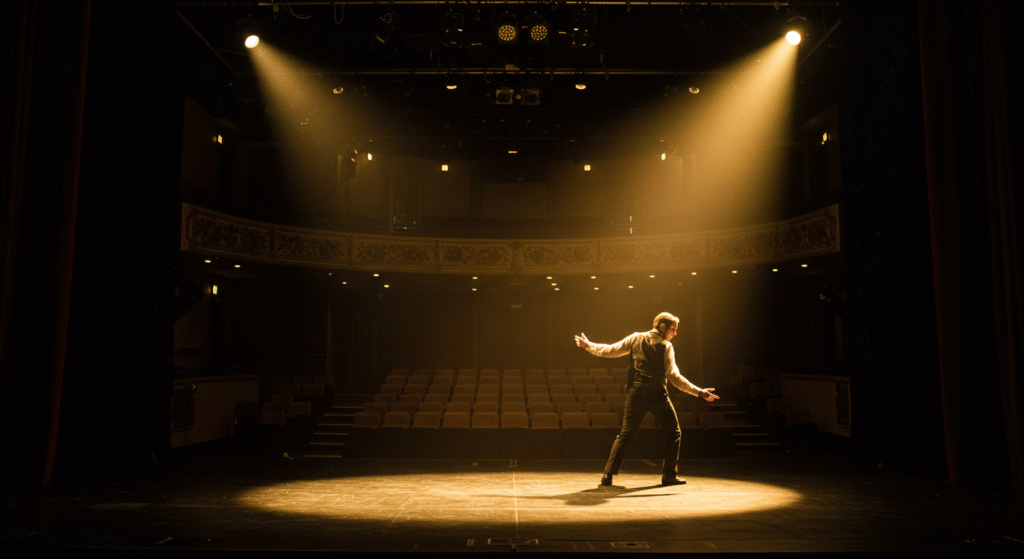
The Chekhov Technique, created by Russian actor-director Michael Chekhov (nephew of playwright Anton Chekhov), remains a cornerstone of modern actor training. Its focus on vivid imagination, whole-body expression, and psychology-in-motion gives performers a repeatable path to truthful, magnetic work—on stage or on camera. Unlike strictly realist systems, Chekhov invites actors to experience a role first, then analyze it, unlocking impulses that scripted analysis alone often smothers.
At its heart stands the Psychological Gesture (PG)—a purposeful, archetypal movement that externalizes an inner desire. When fully embodied and then released, the PG leaves a lingering energetic imprint that drives authentic behavior moment to moment. Today’s industry prizes speed and flexibility; Chekhov’s tools help actors drop into character quickly without sacrificing depth.
- Synthesizes physical, emotional, and imaginative work
- Frees actors from personal habits while staying truthful
- Works equally well for contemporary realism, heightened styles, and motion-capture
- Provides directors with a common language for shaping ensemble tone
2. Meet Michael Chekhov
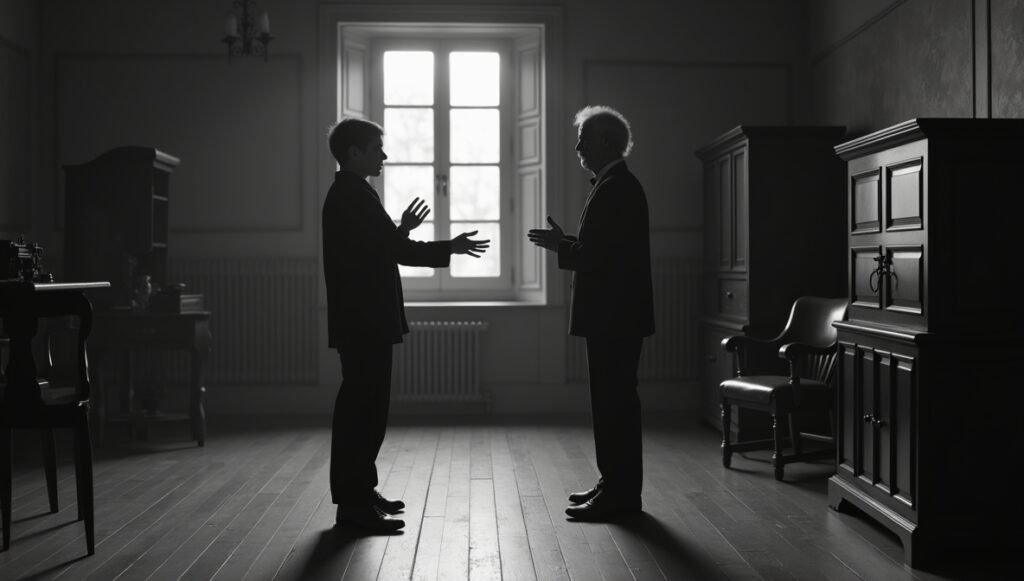
Trained by Stanislavski but frustrated by self-focused emotional recall, Michael Chekhov sought an outward, creative approach. After emigrating from Soviet Russia to Europe and later Hollywood, he coached Ingrid Bergman, Marilyn Monroe, and Anthony Quinn, earning an Oscar nomination himself for Spellbound (1945). His book “To the Actor” and teaching in U.S. studios seeded today’s technique.
Chekhov viewed the actor as an artist-athlete of the imagination. Instead of mining private memories, he championed objective fantasy—believable, yet invented, sensations that safeguard an actor’s mental health while producing vivid results.
- Student of Stanislavski; diverged toward imaginative methods
- Emigrated and built studios in Latvia, Lithuania, France, and the U.S.
- Inspired notable American teachers: Deirdre Hurst du Prey, George Shdanoff, Mala Powers
- Emphasized joy in creative play as essential to artistry
3. Core Principles at a Glance
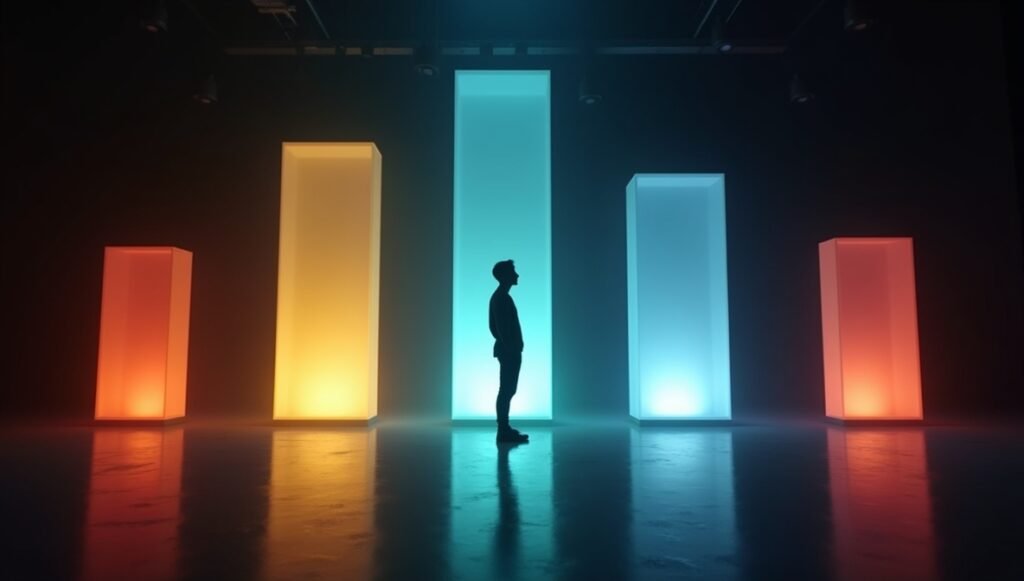
Chekhov’s system rests on four interlocking pillars:
- Imagination as Primary Source – Images generate authentic feeling faster than autobiographical memory.
- Body as Instrument – Every thought has a shape; the actor sculpts space to reveal it.
- Energy Flow – Movements possess direction, weight, tempo, and rhythm that color intention.
- The Whole Self – Voice, mind, and body synchronize; nothing is isolated.
Chekhov believed actors must enlarge their imaginative muscles the way dancers train physiques. By conjuring vivid sensory images—temperature, texture, weight—the performer floods the nervous system with genuine impulses, bypassing intellectual strain. This playful rigor prevents stale line-readings and encourages organic spontaneity.
Equally vital is an awareness of energy direction. Whether radiating outward toward a scene partner or drawing inward in self-protection, energetic pathways determine the audience’s gut response. Chekhov’s exercises teach actors to send and receive invisible currents, forging dynamic stage pictures.
- Practice daily image work (colors, elements, animals) to widen inner palette
- Track energy flow: forward (attack), backward (retreat), upward (aspire), downward (suppress)
- Integrate voice work—vowels carry quality, consonants carve space
- Finish with a conscious release to exit character safely
4. Psychological Gesture Demystified
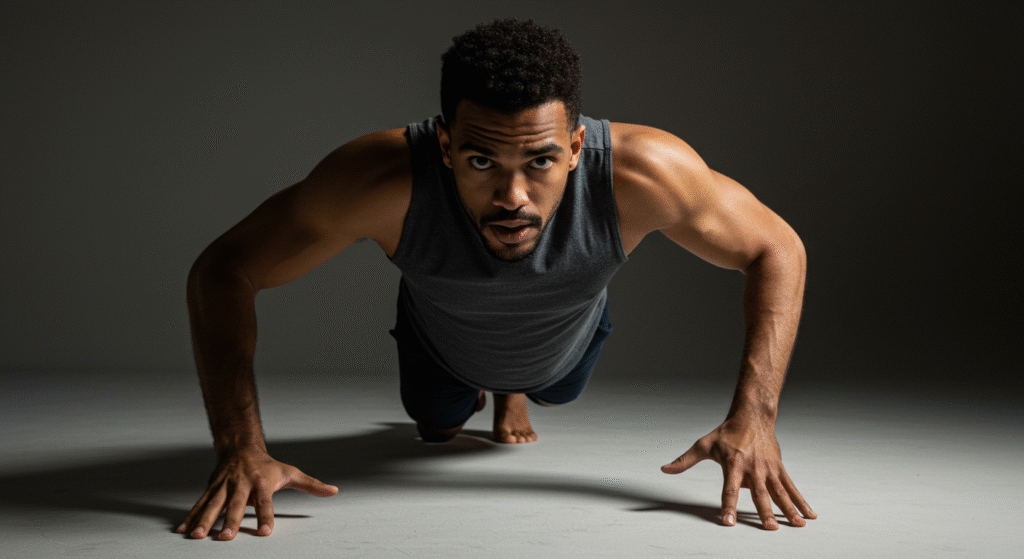
A Psychological Gesture is an archetypal movement expressing a character’s deepest need—grasping, pushing, pleading, embracing, slicing, etc. Actors explore gestures broadly, then condense them into an internal echo they can summon instantly.
Begin by reading the script for dominant verbs: to conquer, to protect, to seduce. Choose one that feels essential. In rehearsal, create an exaggerated whole-body gesture that embodies this verb. Lean forward, arms sweeping wide to “possess;” or tighten fists and draw energy to the core to “withhold.” Repeat the gesture several times, breathing life into it.
Next, miniaturize the motion—reduce it to a subtle muscular activation or even a felt sense behind the sternum. Just before a scene, perform the full gesture privately, release it, and step on stage. The residue fuels truthful behavior without overt choreography.
- Select verbs rooted in desire, not emotion (e.g., “to dominate,” not “to feel angry”)
- Explore opposite PGs to expand range
- Miniaturize by 10%, 1%, 0.1% until invisible
- Use PG resets between takes for consistent energy
5. Imaginary Centers
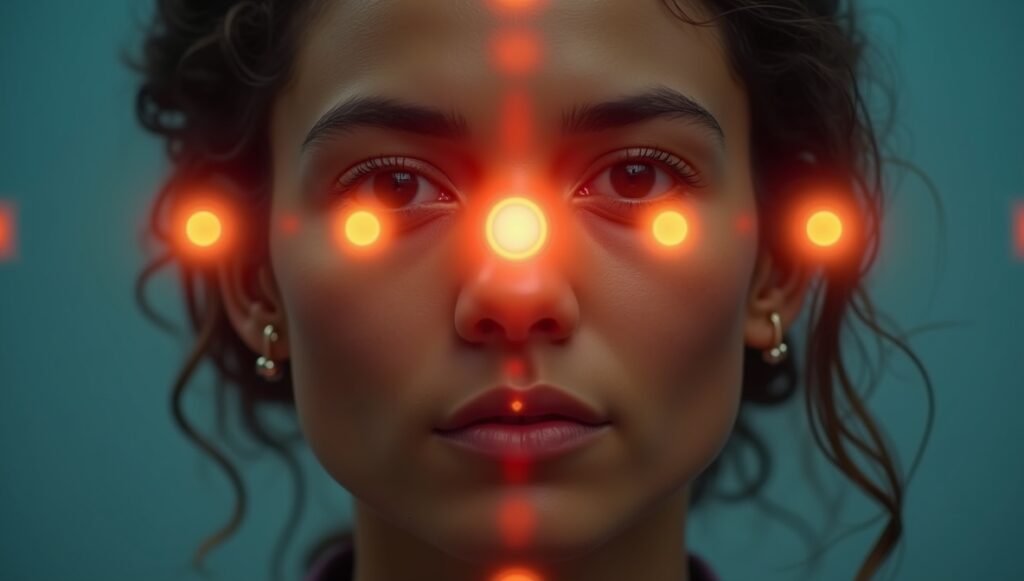
Chekhov assigned characters a center—the focal point where their life energy originates. A jealous king might live in the solar plexus; a cunning spy, in the eyes; a timid clerk, in the knees.
Placing your consciousness in an unfamiliar part of the body rewires posture and vocal quality organically. An “eye center” sharpens gaze and quickens head movements, while a “hips center” grounds the stance. Unlike external costume pieces, centers are internal, portable, and repeatable.
Combine centers with Psychological Gestures for nuanced layering. A seductive PG paired with a heart center yields tenderness; paired with a hips center, raw sensuality; with a head center, calculated allure.
- Experiment: walk across the room from different centers
- Note shifts in pace, breath, and emotional tone
- Assign centers to memorize blocking: each mark wakes a new center
- Directors can map ensemble centers to craft visual storytelling
6. Qualities of Movement
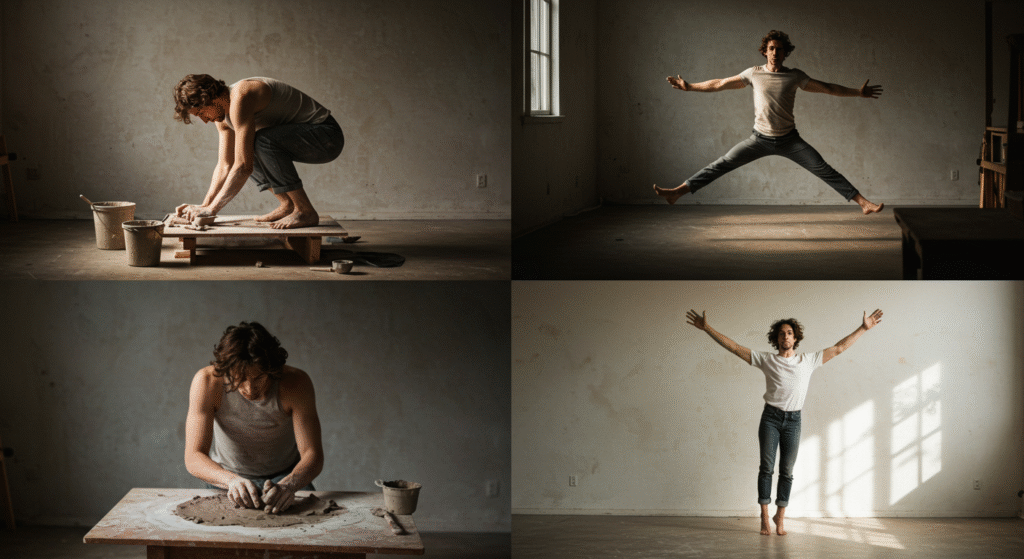
Chekhov identified Four Qualities—Molding, Floating, Flying, Radiating. Each infuses action with a distinct atmosphere.
Molding feels like sculpting clay—controlled and three-dimensional. Floating resembles gentle buoyancy, ideal for dream sequences. Flying propels actors with light, swift motion, while Radiating bursts outward like sunbeams, useful for heroic or divine characters.
Layering a quality atop a PG multiplies textures: a “protect” gesture performed with Floating becomes nurturing; with Molding it’s firm and parental; with Radiating, gloriously selfless. These qualities help actors pivot between styles—classical, absurdist, musical—without intellectual strain.
- Practice each quality with neutral text (“To be or not to be…”)
- Match quality to genre: Floating suits Shakespeare’s fairies; Molding suits Greek tragedy
- Use music to amplify sensory discovery
- Directors: assign contrasting qualities to antagonists for visual tension
7. Atmosphere & Sensation
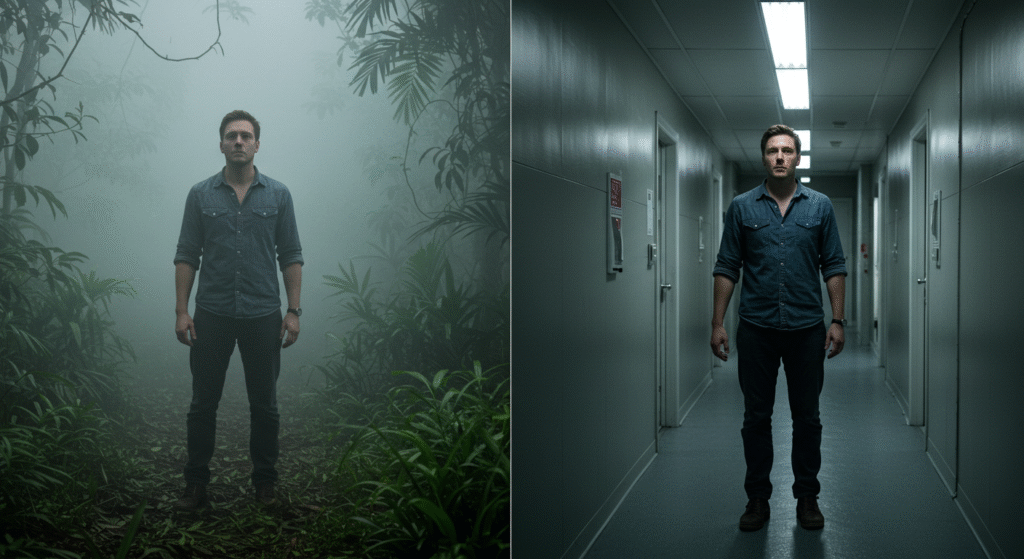
Atmosphere is the emotional weather surrounding characters—humid tension, icy formality, electric excitement.
Actors first sense the space, then allow it to permeate the body. A courtroom scene may feel arid and clinical; adopting shallow breaths and clipped diction aligns performance with environment. Ensemble actors who agree on atmosphere share a psychic field audiences instantly recognize.
Atmosphere training combats “dead air” during scene transitions. A quick switch from warm kitchen to sterile hospital waiting room energizes stakes without extra set pieces.
- Close eyes; label temperature, texture, smell in rehearsal space
- Physicalize by adjusting spine curvature, pace, and gaze focus
- Directors: create playlists or lighting cues to cue atmosphere shifts
- Use micro-atmospheres for beat changes inside monologues
8. Archetype & Imagery

Chekhov urged actors to explore archetypal characters—King, Lover, Warrior, Fool—to access universal energies.
While modern realism values specificity, archetypes lift performance beyond mundane detail. An accountant imbued with “Warrior” energy approaches a tax audit like a battlefield, electrifying stakes.
Imagery threads personal symbolism into archetypal frames. Picture a coiled cobra (alert, lethal) instead of generic “danger.” Such images bypass cliché, igniting fresh behavior.
- Identify dominant archetype, then add a contrasting secondary type for complexity
- Curate a private image board (colors, animals, landscapes) for each role
- Switch archetypes in rehearsal to discover hidden dynamics
- Directors: assign complementary archetypes within ensemble for cohesion
9. Integrating Text Analysis
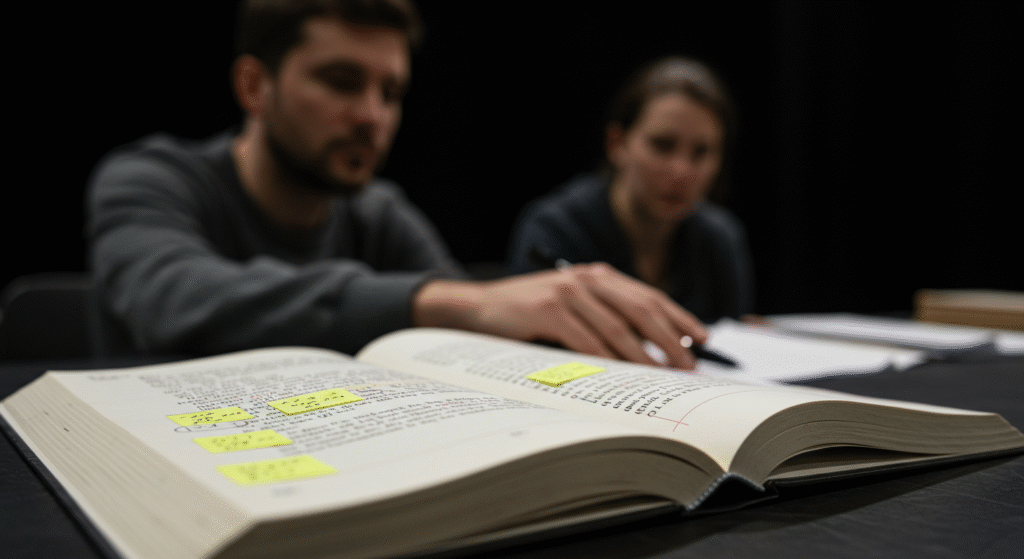
Chekhov complements, rather than replaces, table-work.
Begin with action verbs, objectives, and obstacles. Then translate intellectual findings into PGs, centers, and atmospheres. This embodiment ensures analysis fuels impulse rather than paralysis.
When lines feel stale, refresh them by revisiting gesture or shifting movement quality. The body will often solve textual puzzles faster than rational thought.
- Map each beat to a mini-PG
- Color-code script margins: blue (center change), red (quality shift)
- Rehearse “silent run-throughs” focusing solely on gesture flow
- Encourage scene partners to witness and mirror each other’s energy exchanges
10. Essential Exercises
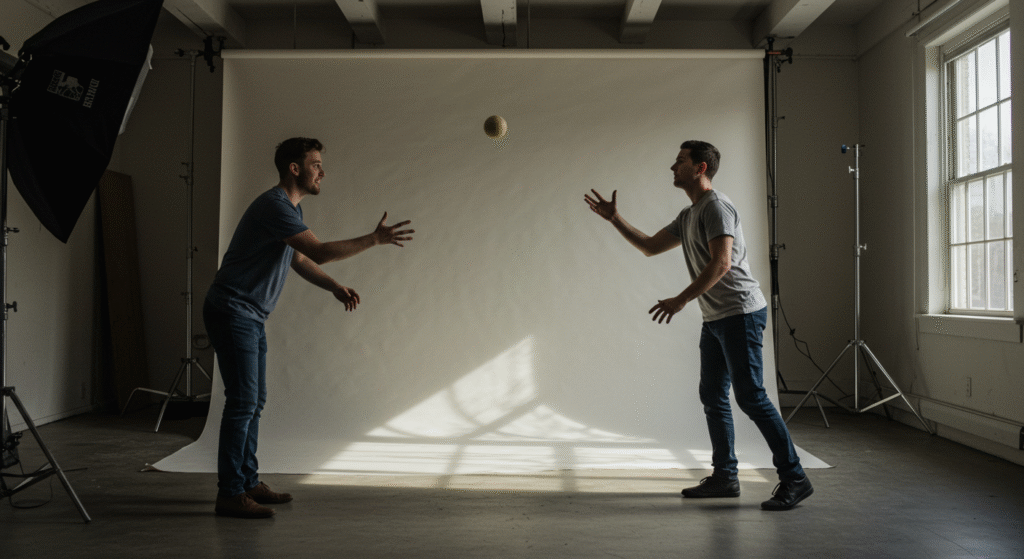
Ball Toss with Qualities – Partners pass an imaginary ball, altering weight and texture (lead, soap bubble, spark). Notice how vocal responses and eye contact adapt.
Statue to Life – Strike a full PG pose, freeze, then melt into natural movement while retaining inner impulse. This bridges stylization and realism.
- PG Creation Drill (verb list → gesture → miniaturize)
- Center Walks (switch center every 10 steps)
- Elemental Atmospheres (earth, water, air, fire) improvisations
- Text Painting (recite poem using different qualities)
11. Applying Technique in Rehearsal
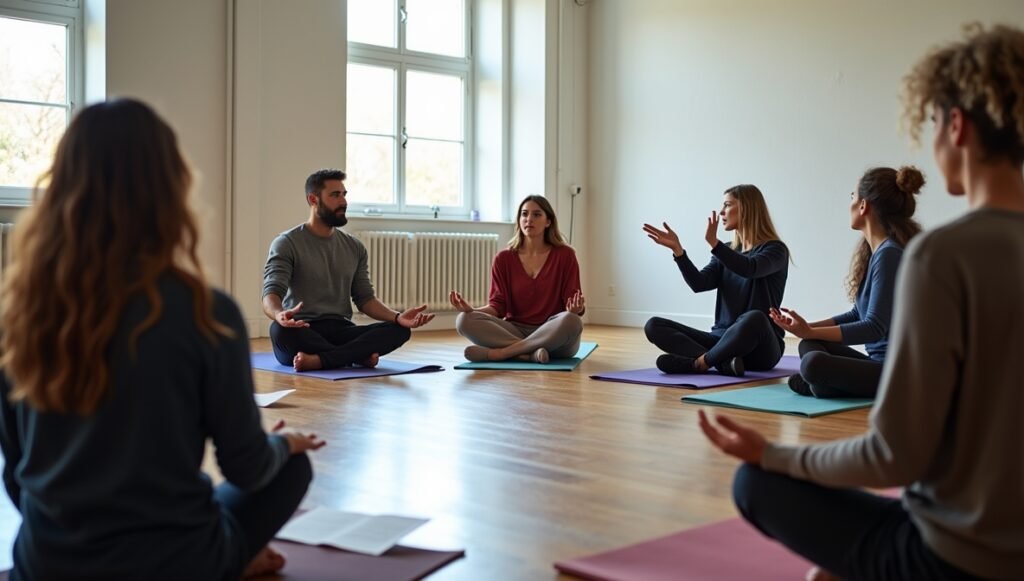
Schedule short “Chekhov bursts” at session start: 5-minute gesture warm-up, center walks, or atmosphere mapping. These energize casts without derailing schedules.
Directors should ask questions, not give results: “Where does your energy live in this beat?” invites exploration and ownership.
- Use PG checkpoints before difficult entrances
- Encourage actors to share personal archetype stories to align ensemble style
- Record runs; note where energy drops—often a forgotten gesture cue
- Celebrate release rituals to protect mental health
12. On-Camera Adaptations
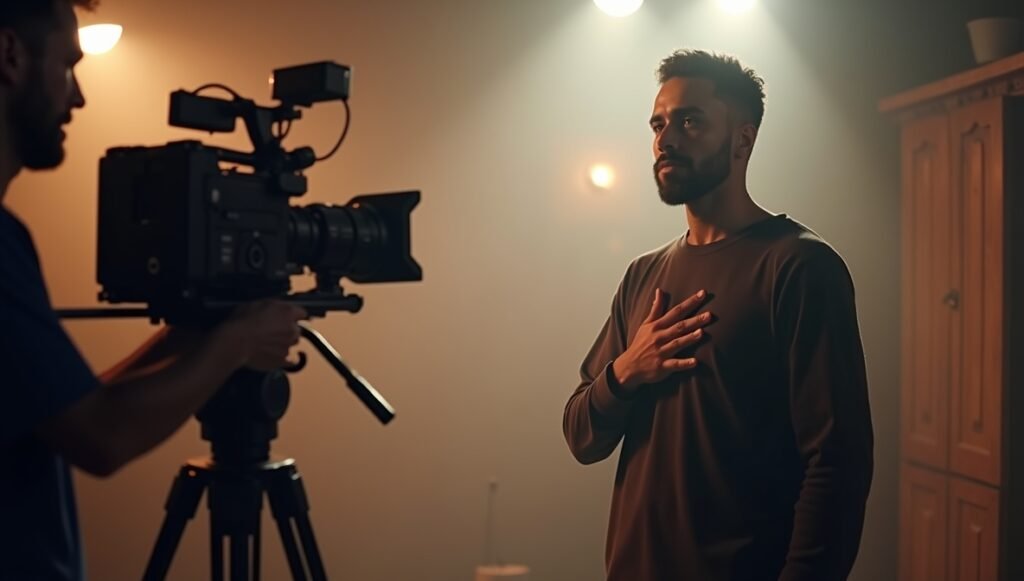
Film demands subtlety, yet Chekhov scales elegantly. Miniaturized PGs read as authentic micro-expressions; centers guide stillness that feels alive within the frame.
Maintain internal imagery between takes to avoid flat resets, especially during out-of-sequence shooting. A quick, invisible PG keeps continuity of intention.
- Replace full-body gesture with finger flex or breath pattern
- Align center with lens height for direct-address scenes
- Atmosphere awareness helps actors sync with cinematography style
- Editors appreciate consistent energetic through-lines for smoother cuts
13. For Directors & Teachers
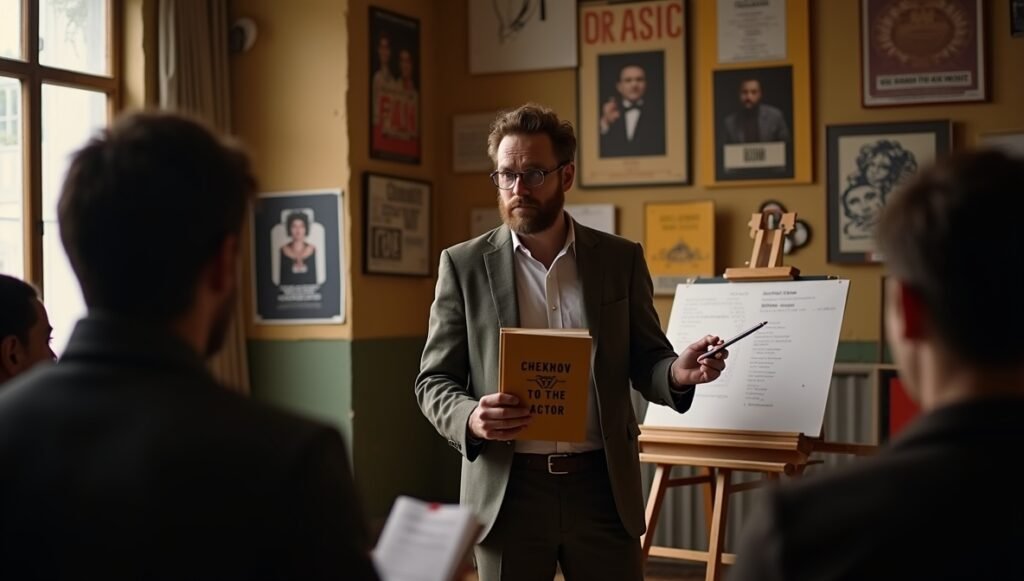
Chekhov offers directors a shared vocabulary: verbs, qualities, centers. Rather than line-reading, they sculpt a performer’s inner architecture.
Teachers can integrate Chekhov warm-ups into diverse syllabi—Meisner repetition, Viewpoints composition, or clown work—so students experience multiple gateways to truth.
- Begin classes with image flashcards to stimulate imagination
- Pair conflicting movement qualities for dynamic scene study
- Assign written reflection on PG discoveries to reinforce learning
- Encourage cross-training with dance or martial arts for kinesthetic depth
14. Troubleshooting & Myths
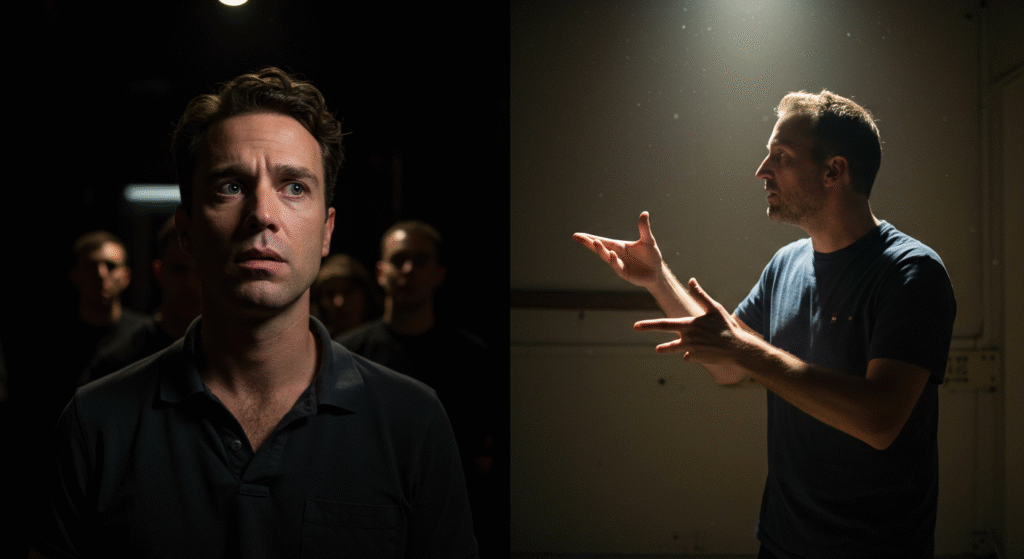
Myth: Chekhov is “too theatrical” for naturalism. In reality, internalized gestures yield delicately nuanced behavior suitable for film. Overly literal gestures fade once miniaturized.
Challenge: Actors feeling self-conscious. Solution: practice in low light or with eyes closed to free judgment. Emphasize that PGs are preparatory, not performance choreography.
- Avoid academic jargon; keep cues sensory and playful
- Monitor breath—holding breath often signals forced energy
- If gesture feels stale, change verb or add new image
- Respect cultural movement norms; adapt gestures sensitively
15. Conclusion: The Creative Actor Unleashed
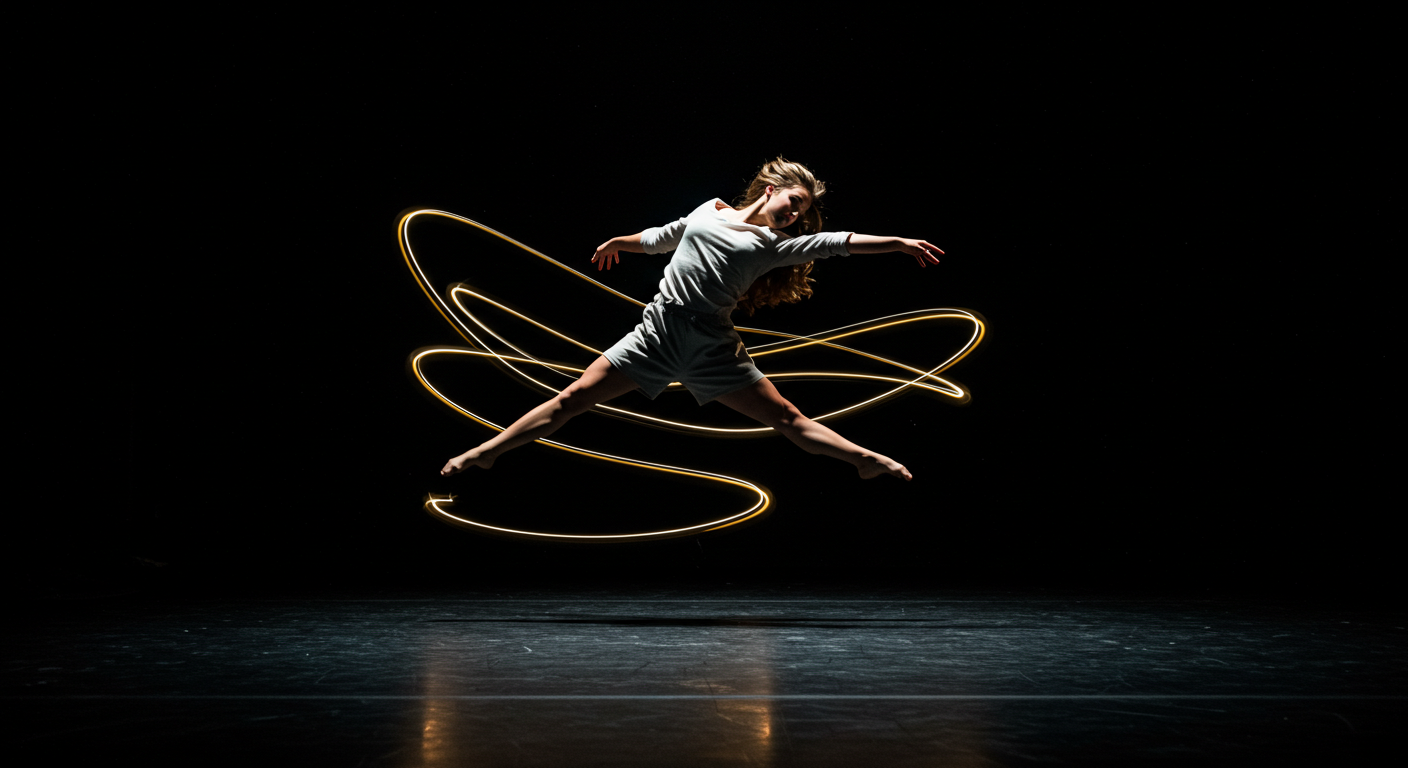
The Chekhov Technique empowers actors to marry imagination with disciplined craft. By externalizing desire through Psychological Gestures, shaping invisible energies, and attuning to atmosphere, performers unlock repeatable spontaneity—the holy grail of strong, truthful action. Whether you’re a veteran looking to refresh habits or a beginner seeking a reliable toolkit, Chekhov invites you to think with the body and feel with the imagination.
Step into rehearsal tomorrow with a verb on your lips, a gesture in your bones, and watch your performances soar.
- Start small: pick one scene and assign a PG today
- Journal sensations; patterns emerge quickly
- Share vocabulary with collaborators for unified storytelling
- Revisit exercises regularly—the body remembers what you rehearse
